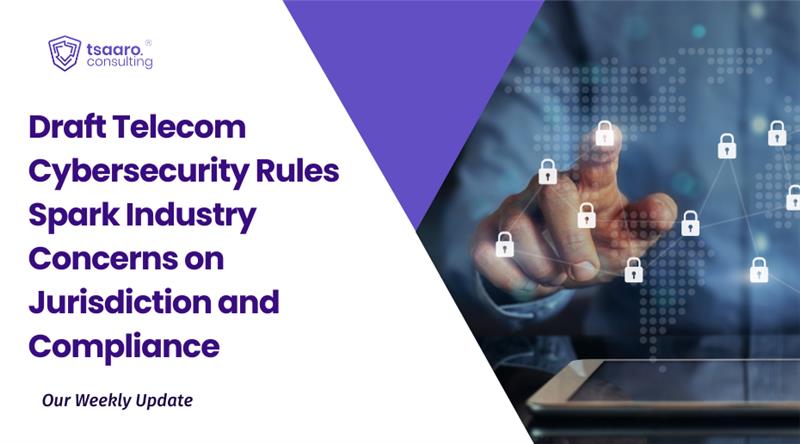Introduction
With the advent of cyber attacks across the globe, cyber security has been a common topic in board and business meetings. Organizations have started to consider cyber security as a business risk instead of just a security risk. Especially with the forced digitalization of organizations owing to the pandemic, security of the IT infrastructure has become ever more challenging.
Penetration testing is a crucial activity to be considered in the process of enhancing the security posture of any organization. It enables organization to think like attackers and can greatly assist in contemplation of defense mechanisms against common or targeted cyber attacks.
Penetration testing is the method of breaching an organization’s IT infrastructure to exploit vulnerabilities and security flaws within the organization. For any penetration test, there are generally 5 major stages that must be completed, these stages are:
Reconnaissance and Information Gathering:
Before any action can be taken by a penetration testing team, suitable information gathering must be completed on the prospective target. This period is vital to establishing an attack plan and serves as the staging ground for the entirety of the engagement
Scanning
Following the reconnaissance stage, a collection of scans are performed on the target to decipher how their security systems will counter multiple breach attempts. The discovery of vulnerabilities, open ports, and other areas of weakness within a network’s infrastructure can dictate how pen testers will continue with the planned attack
Gaining Access
Once data has been collected, penetration testers leverage common web application attacks such as SQL Injection and Cross-Site Scripting to exploit any present vulnerabilities. Now that access has been obtained, testers attempt to imitate the scope of the potential damage that could be generated from a malicious attack.
Maintaining Access
The main goal of this stage is to achieve a state of constant presence within the target environment. As time progresses, more data is collected throughout the exploited system which allows the testers to mimic advanced persistent threats
Covering Tracks/ Analysis
Finally, once the engagement is complete, any trace of the attack must be eliminated to ensure anonymity. Log events, scripts, and other executables that could be discovered by the target should be completely untraceable. A comprehensive report with an in-depth analysis of the entire engagement will be shared with the target to highlight key vulnerabilities, gaps, the potential impact of a breach, and a variety of other essential security program components.
How is penetration testing performed?
Penetration testing can be performed by experienced in-house security professionals or a penetration testing services provider. There are multiple methods that a penetration tested may use to gain access to an organization such as phishing emails, social engineering, web application breach etc.
How can a penetration test help the organization?
- Identify vulnerabilities in the infrastructure before an attacker
- Gaps in information security compliance
- Test employee awareness on security best practices
- Attack simulation for increased preparedness in case of a real world attack
- Assessing real world effects of data breach or breach of personal data












